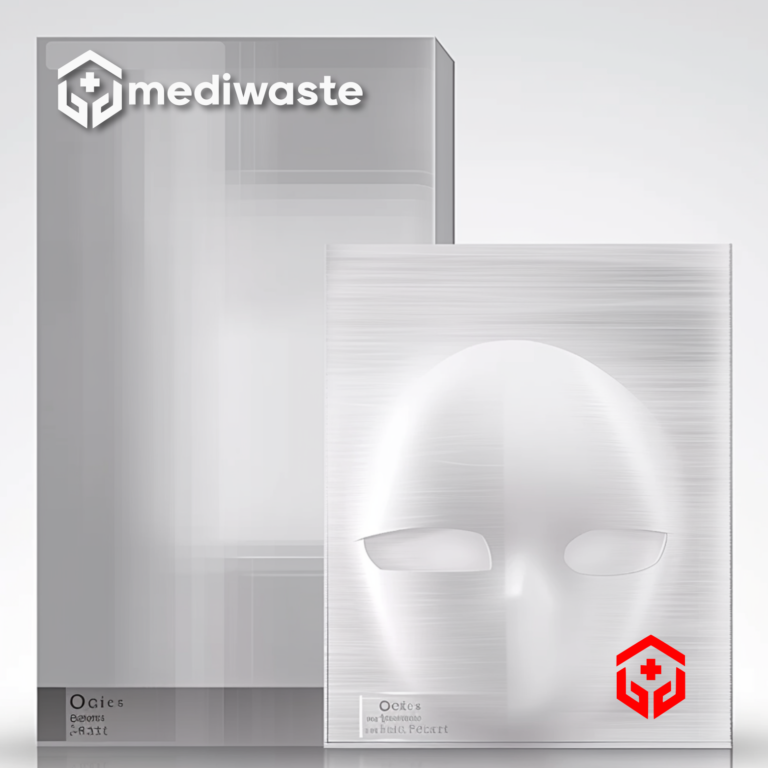How to Measure and Track Your Healthcare Facility’s Waste Reduction Progress
As healthcare facilities strive to become more sustainable, measuring and tracking waste reduction progress is essential. Implementing effective waste management practices not only benefits the environment but also enhances operational efficiency and compliance with regulations. This article outlines best practices for measuring and tracking waste reduction in healthcare settings.

Understanding the Importance of Waste Measurement
Measuring waste generation and reduction is crucial for several reasons:
- Regulatory Compliance: Many healthcare regulations require facilities to track waste management practices.
- Benchmarking: Comparing waste generation metrics against similar facilities can identify areas for improvement.
- Cost Reduction: Tracking waste can reveal opportunities to reduce disposal costs and improve resource efficiency.
- Environmental Impact: Understanding waste generation helps facilities assess their environmental footprint and implement strategies for improvement.
MediWaste, the leading provider of medical waste management solutions, emphasizes that effective waste measurement is the foundation of a successful waste reduction program.
Key Metrics for Measuring Waste Reduction
1. Total Waste Generation
Track the total volume of waste generated over a specific period (monthly, quarterly, or annually). This metric provides a baseline for evaluating progress.
2. Waste Composition Analysis
Conduct a waste composition analysis to identify the types of waste generated:
- Clinical waste
- General waste
- Recyclable materials
- Hazardous waste
This analysis helps prioritize areas for waste reduction efforts.
3. Waste Generation per Patient Bed Day
Calculate waste generation per patient bed day to standardize waste metrics:
Waste per Bed Day = Total Waste kg / Total Patient Bed Days
This metric allows for comparisons over time and between facilities.
4. Recycling Rates
Measure the percentage of waste that is recycled:
Recycling Rate = (Recycled Waste kg / Total Waste kg ) × 100
Tracking recycling rates helps assess the effectiveness of recycling programs.
5. Cost of Waste Disposal
Monitor the costs associated with waste disposal:
- Track disposal fees for different waste streams
- Analyse trends in disposal costs over time
Understanding disposal costs can help identify opportunities for cost savings.
Implementing a Waste Tracking System
1. Establish a Waste Management Team
Form a dedicated team responsible for waste management and tracking. This team should include representatives from various departments, such as nursing, administration, and environmental services.
2. Use Waste Tracking Tools
Implement waste tracking tools and software to streamline data collection and analysis. Tools like waste tracking spreadsheets or specialized software can help monitor waste generation and reduction efforts. MediWaste offers digital waste tracking solutions tailored to the needs of healthcare facilities, enabling efficient data management and reporting.
3. Conduct Regular Waste Audits
Perform regular waste audits to assess waste management practices and identify areas for improvement:
- Review waste segregation practices
- Analyse waste generation trends
- Evaluate compliance with waste management policies
4. Set Clear Goals and Targets
Establish clear waste reduction goals and targets for your facility:
- Aim for specific percentage reductions in waste generation
- Set recycling targets based on industry benchmarks
Regularly review progress towards these goals and adjust strategies as needed.
Benchmarking Waste Reduction Progress
1. Compare with Industry Standards
Benchmark your facility’s waste generation metrics against industry standards or similar facilities. This comparison can reveal areas for improvement and highlight successful practices.
2. Utilize Available Resources
Many organizations provide benchmarking resources and tools for healthcare facilities. For example, the Health Service Executive (HSE) offers waste benchmarks for healthcare facilities, allowing for effective comparisons.
3. Engage in Collaborative Initiatives
Participate in collaborative waste reduction initiatives or networks with other healthcare facilities. Sharing best practices and experiences can lead to innovative solutions and improved waste management strategies.
Reporting and Communication
1. Regular Reporting
Establish a reporting schedule to communicate waste reduction progress to stakeholders:
- Share waste generation metrics with staff and management
- Highlight successes and areas for improvement
- Use visual aids, such as charts and graphs, to present data effectively
2. Staff Engagement
Engage staff in waste reduction efforts by:
- Providing training on waste management practices
- Encouraging feedback and suggestions for improvement
- Recognizing and rewarding departments or individuals who excel in waste reduction efforts
MediWaste offers tailored training programs to ensure all staff members understand their roles in waste management and reduction.
Continuous Improvement
1. Review and Adjust Strategies
Regularly review waste management strategies based on data collected and feedback received. Adjust practices as needed to improve waste reduction efforts.
2. Stay Informed on Best Practices
Keep up-to-date with industry trends and best practices in waste management. Attend conferences, workshops, and training sessions to learn about new techniques and technologies.
3. Foster a Culture of Sustainability
Encourage a culture of sustainability within your facility by promoting awareness of waste reduction initiatives and their importance. Engage staff at all levels in sustainability efforts.
Conclusion
Measuring and tracking waste reduction progress in healthcare facilities is essential for regulatory compliance, cost savings, and environmental protection. By implementing effective waste tracking systems, engaging staff, and continuously improving waste management practices, healthcare facilities can significantly reduce their environmental impact.
MediWaste is committed to supporting healthcare facilities in their waste reduction efforts. Our comprehensive services, expertise in waste management, and innovative tracking solutions make us an ideal partner for facilities looking to improve their waste management practices and ensure ongoing compliance.
Contact MediWaste
For expert guidance on measuring and tracking your healthcare facility’s waste reduction progress, contact MediWaste today. Our team of specialists can provide tailored solutions to help your facility optimize its waste management practices, ensure regulatory compliance, and minimize environmental impact.
Whether you’re looking to improve your current waste tracking system or implement a comprehensive new program, MediWaste has the expertise and resources to support your goals. Reach out to us to schedule a consultation and take the first step towards more efficient and sustainable waste management in your healthcare facility.







